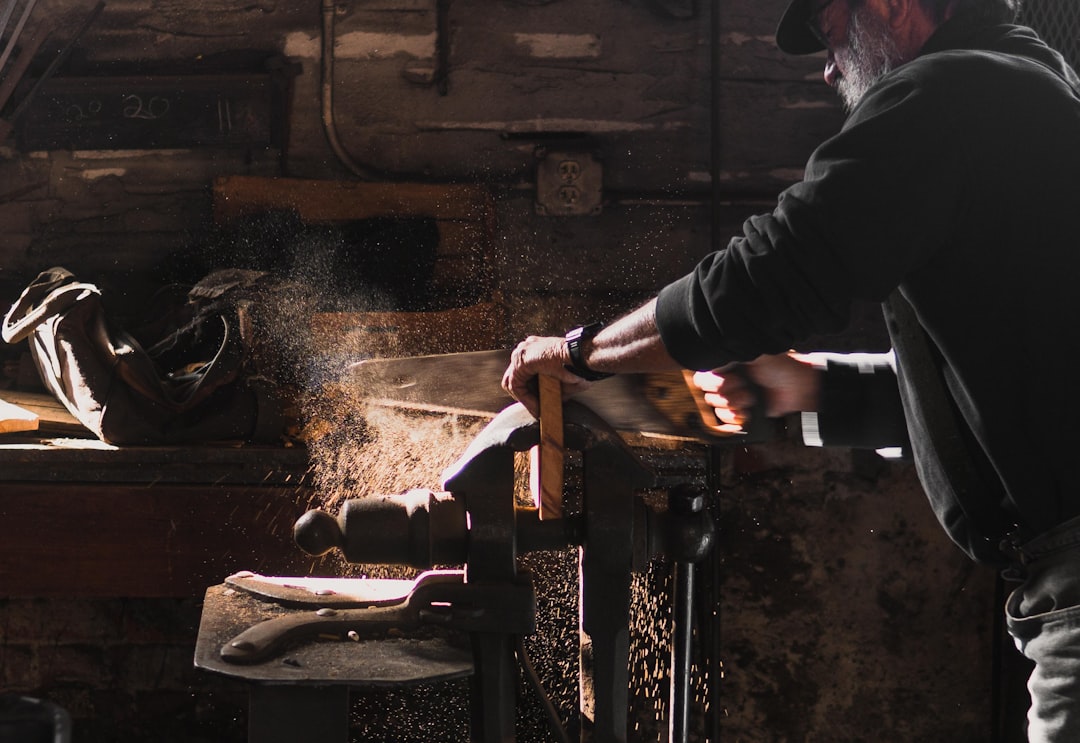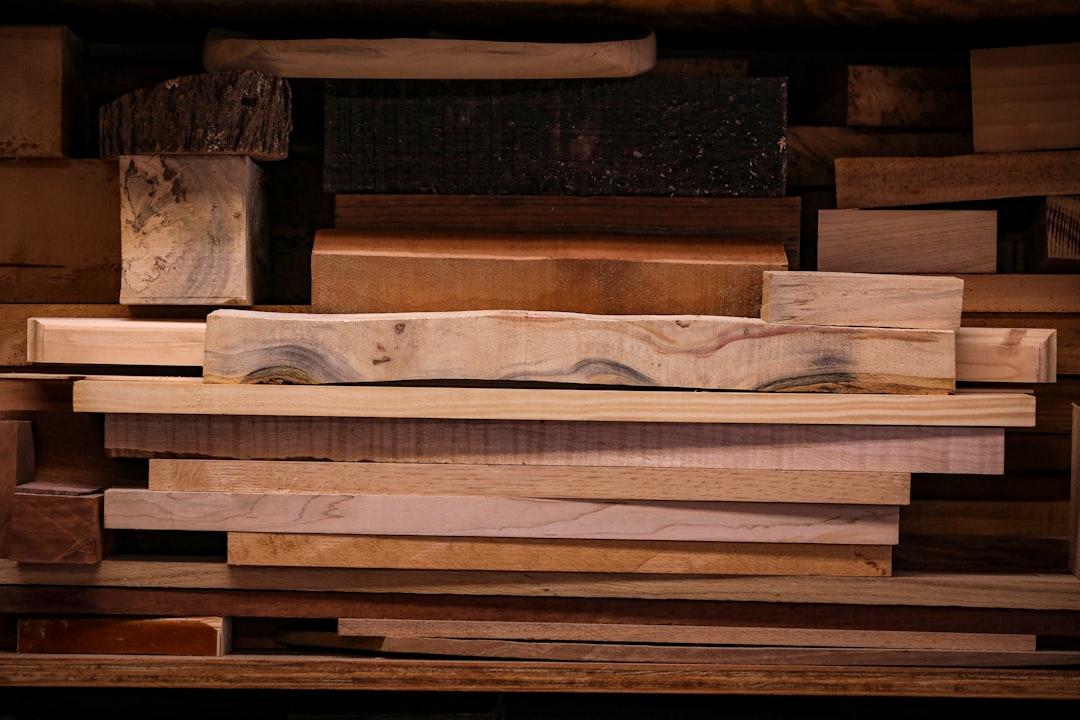Hydraulic seals are very important in the hydraulic cylinder. They not only hold the hydraulic fluid inside the cylinder but also prevent it from leaking between the various components. Seals can be dynamic or static. Dynamic seals are found between movable components whereas static seals are found between fixed parts. A failure in the seals can be detrimental to the hydraulic cylinder since the fluid will leak. And when leaks occur, you will need to replace the seals, and this means spending more money. However, if you know what is failing your seals, you can do something about it. To help you out, here are some of the most common hydraulic seal problems and their possible solutions:
1. Improper Installation
When the hydraulic seals are poorly fitted, they’ll eventually develop dents and cuts. This affects their efficiency in facilitating the free flow of the hydraulic fluid. You should take care when assembling the hydraulic seal replacement, and if you can’t do it, hire a professional to help you.
2. High Temperature
When the seals are exposed to a high temperature either from external sources or internally due to the hot hydraulic fluid, they harden. When they harden, they are bound to crack, thus losing their elasticity and functionality. To prevent this from occurring, use quality hydraulic seals and avoid extreme heat from external sources.
3. Insufficient Lubrication
When you don’t lubricate your hydraulic seal well, they are bound to wear overtime. Worn out seals are not effective in holding the hydraulic fluid. The other reason for wearing is excess lateral weight. Strive to always lubricate the seals often with high-grade lubricants. Yes, going for low quality lubricants will just worsen the situation.
4. Excessive Backpressure
When the backpressure is excessive, the seals will fracture. The fracturing is characterized by burns, cracks, and breakages. Excessive backpressure can also be caused by low-grade hydraulic seals. Use quality hydraulic seal replacements and fit them well.
5. Contamination
Sources of contamination include mud and dirt that combine with the oil. When the seals are dirty, they lose their ability to work effectively. Contamination can also be caused by unsafe handling of the seals. You can control internal contamination through proper oil filtrations and external contamination through frequent inspections by an expert.
Final Thoughts
When you know what is failing your hydraulic seals, it becomes easy to prevent it. This ensures that you don’t spend unnecessarily on the hydraulic parts replacement in the long run. The top secret, however, is in using quality seals and hiring an expert do the replacement.







